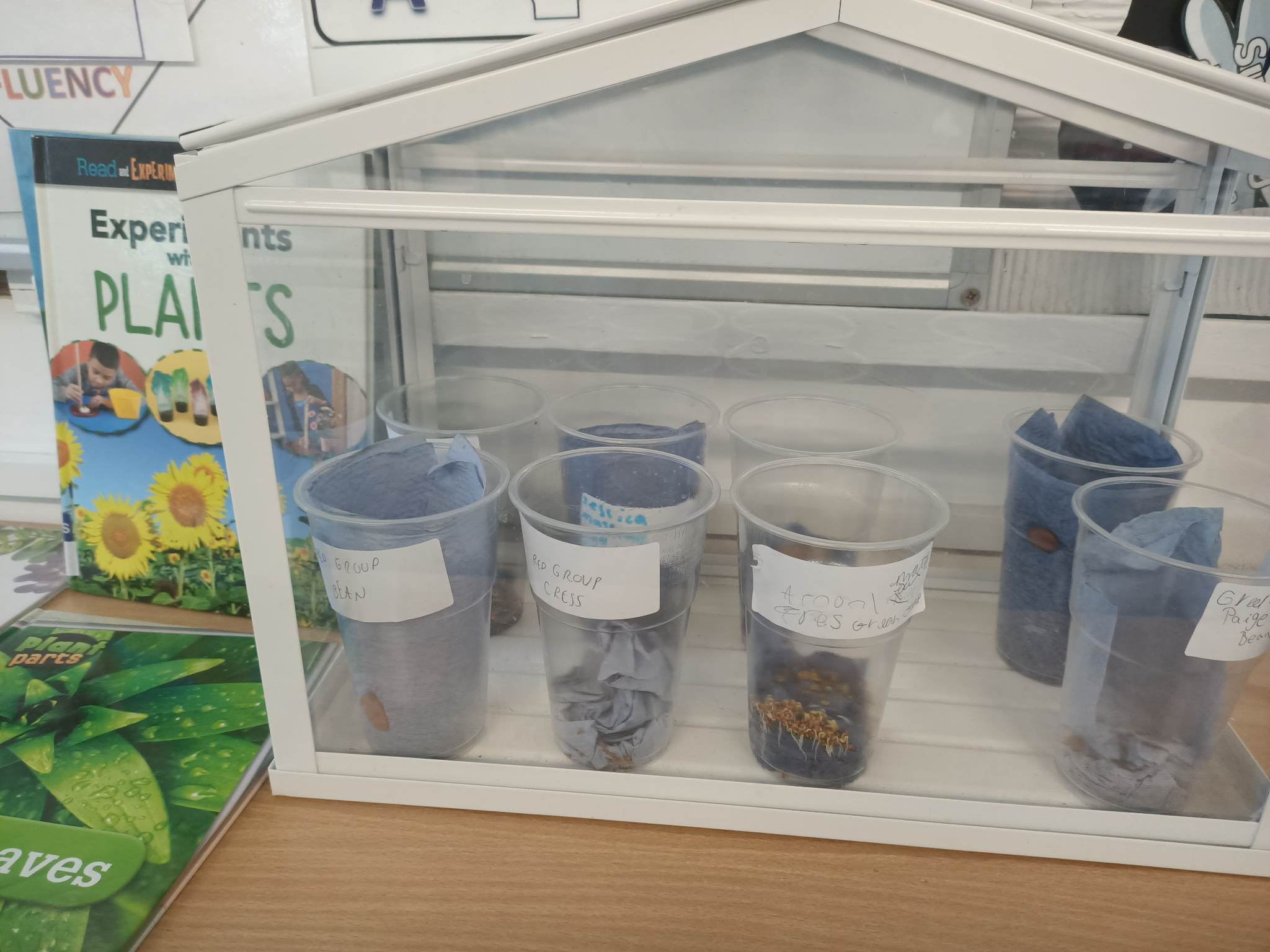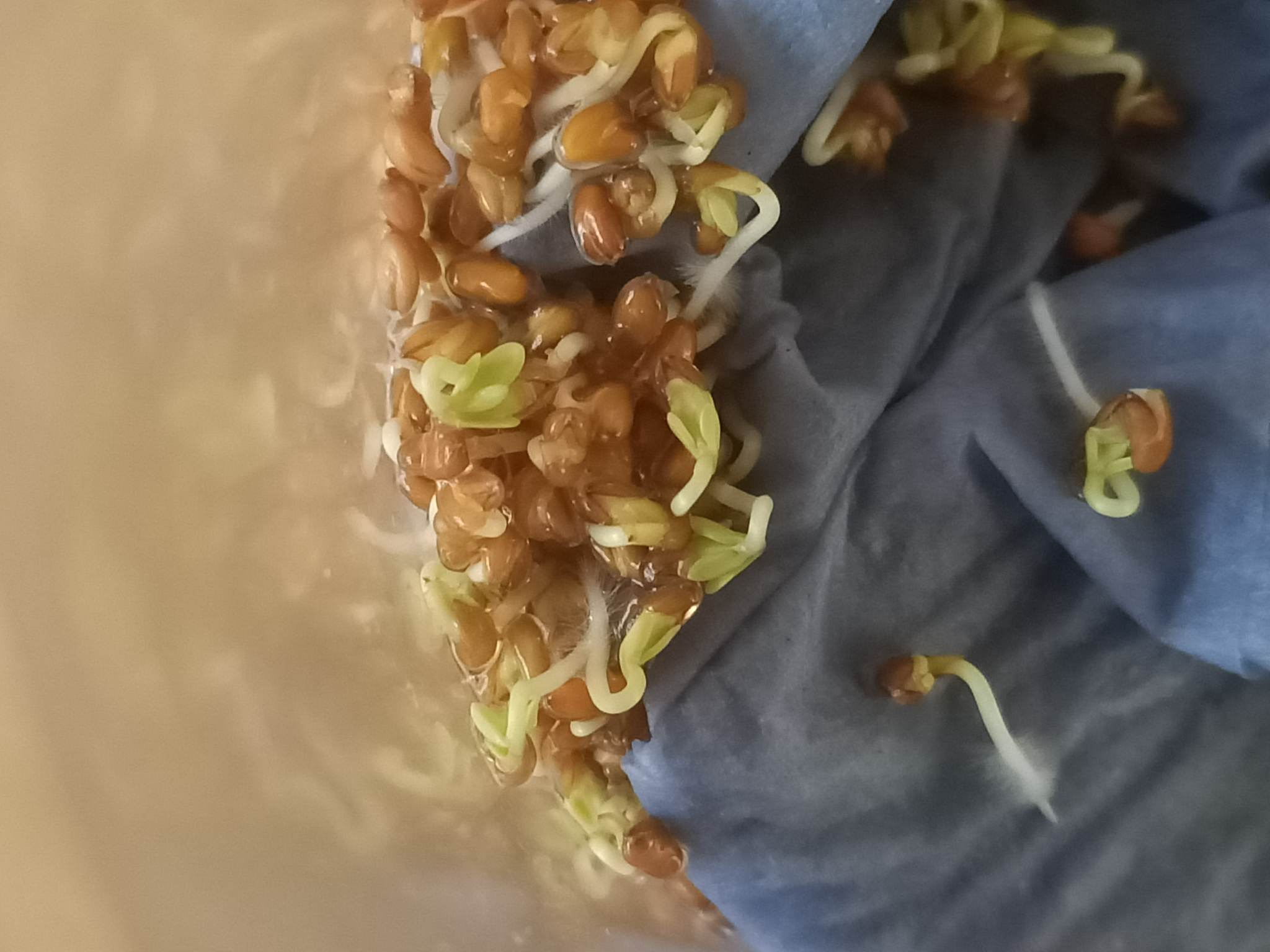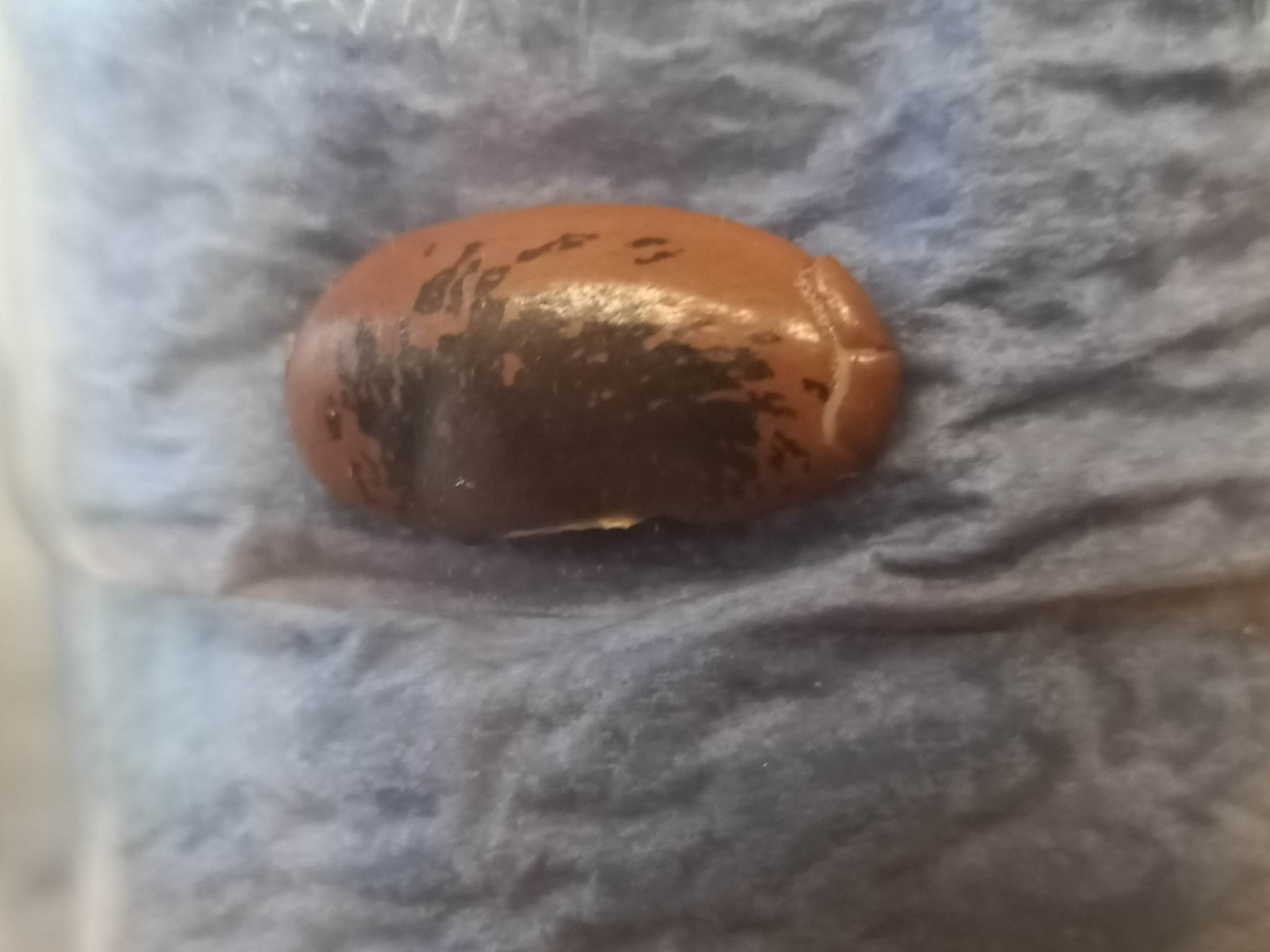Year 3 learning blog
Wow! What a sprouting start to Spring 2! The days are getting lighter and brighter, the birds are singing their dawn chorus and change is amongst us. You may have noticed that there is new plants growing after the winter frost and ‘springing’ up around us!
Children were able to recall prior knowledge in relation to the plant life cycle and shared the following:
“I am excited to see how tall plants will grow. I wonder if it will grow any beans?”
Coralie
“I remember the time we watched the time lapse, we could see the roots had tiny hairs on it. I wonder if ours will look like that? Can we observe them using a magnifying glass? ”
Chloe
We have been discovering and exploring life cycles of plants so far this half term. We are excited to gain more knowledge about the different parts of the plant and their purpose. We have thoroughly enjoyed being botanists and dissecting plants this half term. We hope that by doing so, we are able to have a closer look at each part of the plant. We will also explore how plants reproduce by using bees for pollination and understand why mini-beasts are vital to our ecosystem.
In class we have thoroughly enjoyed planting cress and bean plants. Each week we have been using our scientific observation skills to observe how the plants have grown and will continue to do so this term. We are analysing, recording and discussing the changes that we see and will consider what impacts this change. It has been fascinating to see such a vast change from one day to the next. We made links between the language of ‘hatching’ and ‘germinating’ and understand that although similar in meaning, one refers to live animals and the other to plants.
“Why does the seed have a jelly outside when I have put it in water?”
Oscar’s observations on the cress plant.
We were particularly curious when experimenting with cress seeds in water and found out that seeds that appear to have a jelly like substance around them when submerged. We have learnt that these are called ‘mucilaginous seeds’. Cress seeds are not the only seeds that this happen too! Chia, Mustard and Rucola are also mucilaginous too! They are special because you can cultivate them in different ways. Did you know these seeds form a gel membrane to prevent them drying out. What a clever adaptation by Mother Nature!



